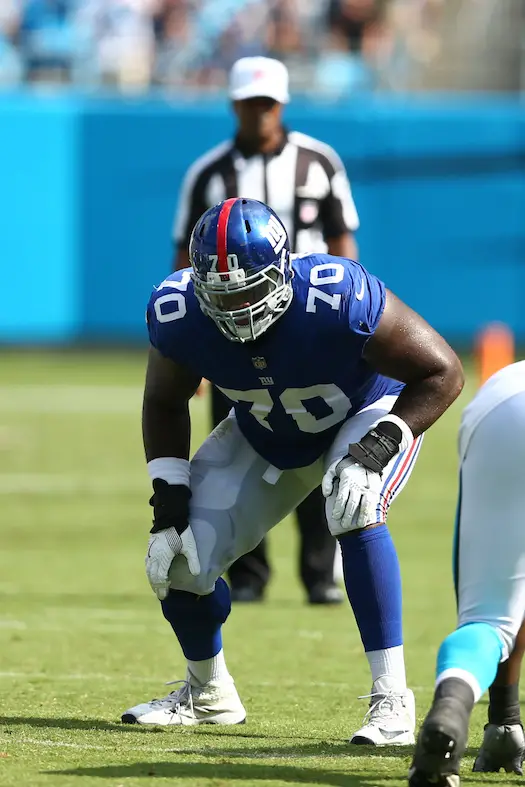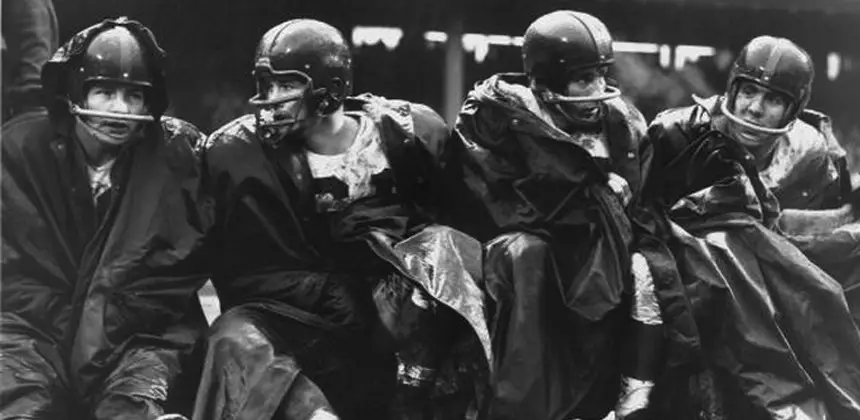
by Eric Kennedy | Oct 20, 2018 | News and Notes
[contentblock id=1 img=html.png] NEW YORK GIANTS OFFENSIVE LINE SHAKEUP… According to multiple media reports, John Greco will be moved from center to right guard to replace Patrick Omameh in the starting line-up. Spencer Pulley will now start at center. The...

by Larry Schmitt | May 30, 2015 | Articles, New York Giants History
By Larry Schmitt with contributions from Daniel Franck and Dr. Bruce Gilbert The 1956 season was a watershed moment for football in New York. Filled with potent portent, the campaign proved to be the penultimate piece of the puzzle for the ultimate explosion of pro...




